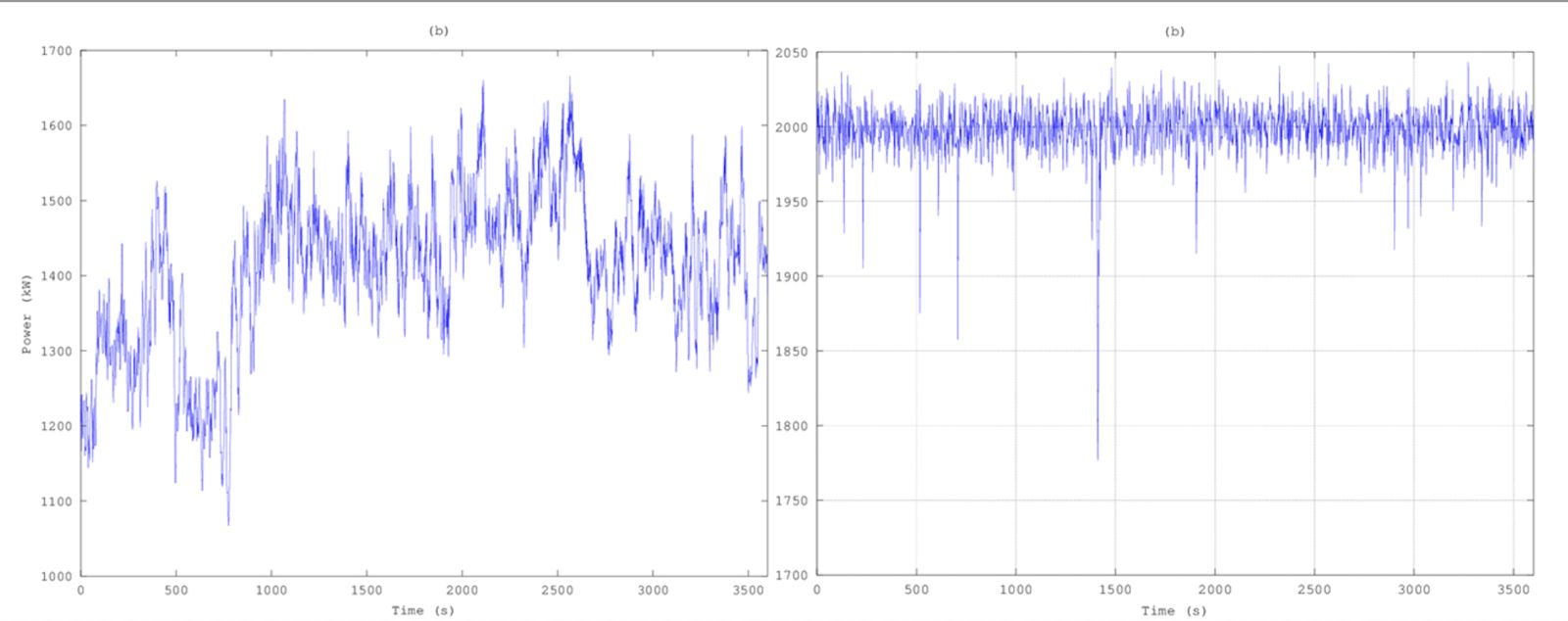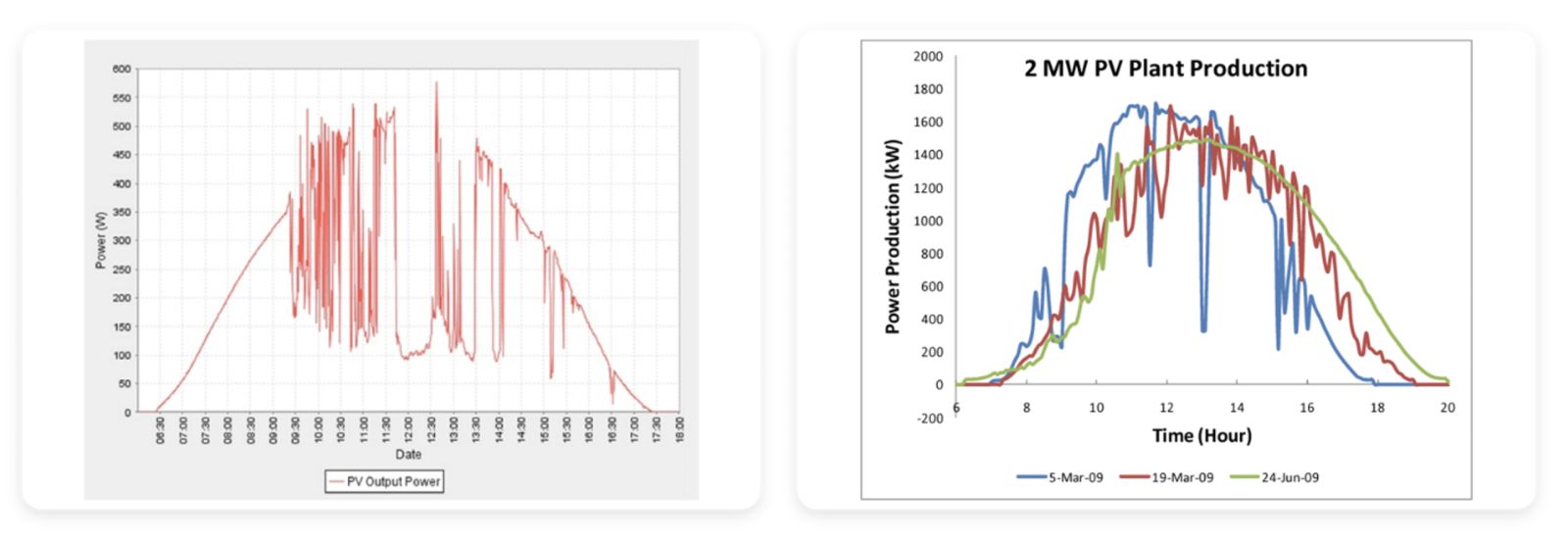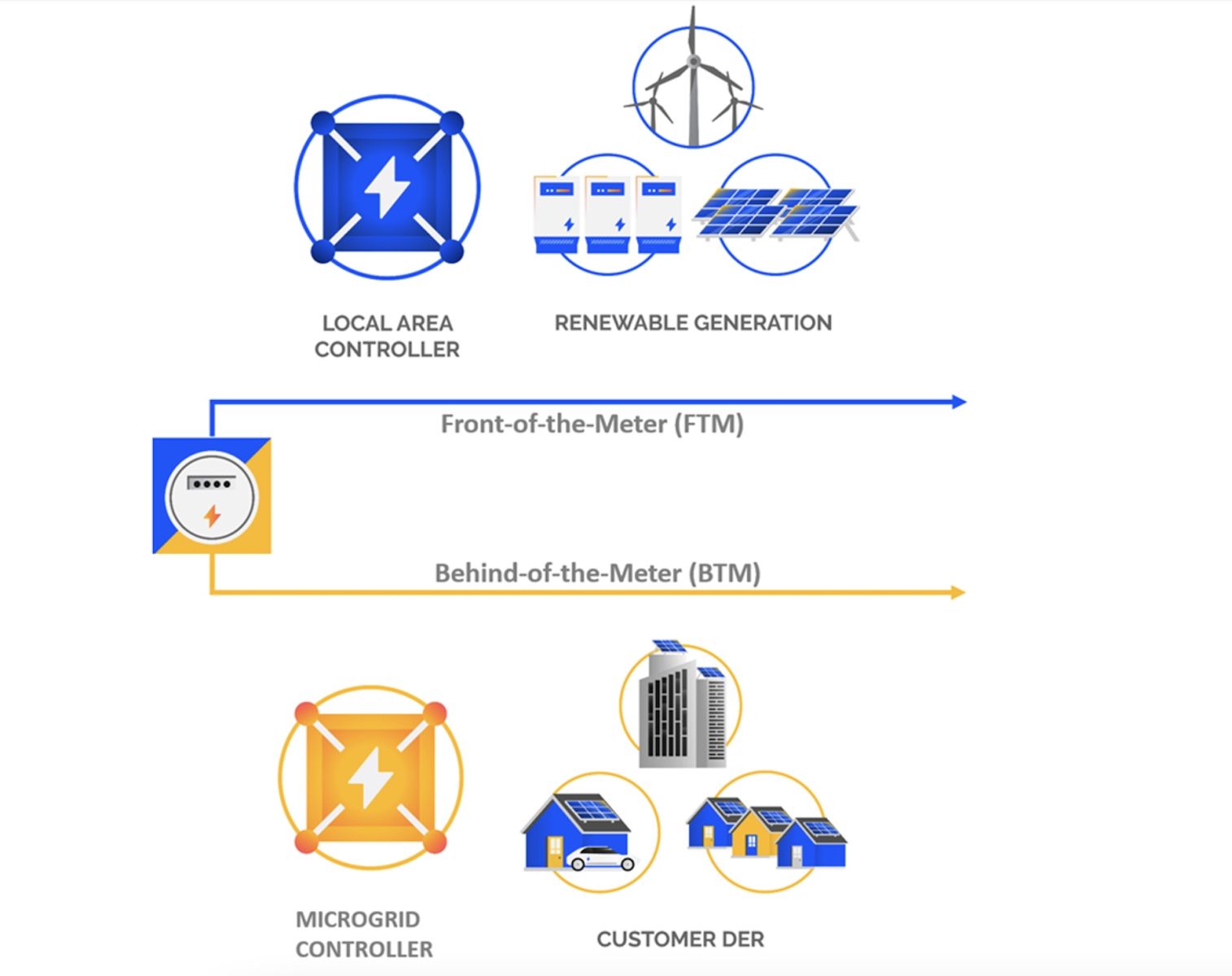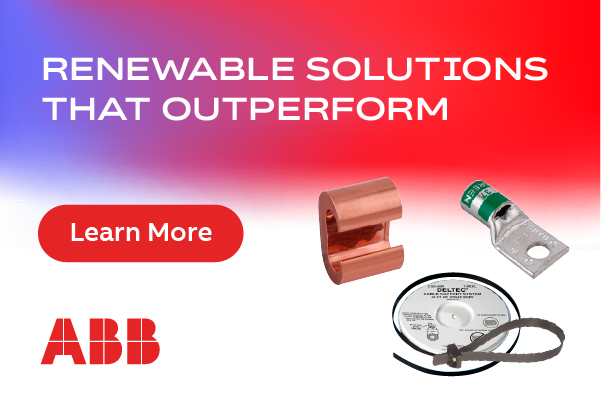Better Wind Energy Flows: Maintaining a stable supply of power to the grid
Wind power and distributed energy resources are linked to electricity delivery systems, or used for off-grid functions, to serve local energy demands or support local networks. Power ranges from 15 kw to 100 kw, depending on whether the need is residential, collegiate, or commercial. Wind power assets can be collectively owned and operated, or run by a single utility entity. Despite the ability to enhance energy resiliency, quality and consistency of those assets has been an issue. Technology and smart energy management systems, however, can smooth out the flow of resources, loads, and demands.
Quality and Consistency
A major challenge in the renewable wind power industry is maintaining a stable electricity supply to the grid under varying conditions. Wind farms are subject to significant and fast disturbances to the grid, where traditional baseload generators cannot respond quickly; output often varies more than 40 percent from one minute to the next.


Figure 1: Wind power generation is subject to significant, real-time fluctuations.
In an idealized, greenfield wind power generation system, energy storage (typically employing battery arrays) could manage the power variation. A modern digital control system would consist of an integrated power monitoring and control system, and a battery control system, tracking the real-time power generation and managing the charging and discharging of the battery system. This would ensure a stable supply of power to the grid.
However, most operators today find themselves managing multiple power generation technologies, often over widely distributed geographical areas. While a combination of intermittent sources with traditional fossil fuel-powered generation would appear to present an ideal solution to fluctuations, managing the distributed resources quickly becomes complex.
Operators of traditional power generation find management of renewable intermittencies throughout the grid to be a new and unfamiliar issue. In wind farms, there is inertia in spinning generation and limitations in droop control. Operators managing solar and wind generation note that there could be a significant loss of output in seconds, which affects energy regionally, and power quality locally. A solar photovoltaic (PV) system can transition from full power to 30 percent output in a matter of seconds.


Figure 2: A solar PV system can transition from full power to a third of the output in a matter of seconds.
Given today’s energy production and storage systems, the terms “behind the meter” (BTM) and “in front of the meter” (FTM) have emerged. BTM refers to a user’s energy production and storage system; it is on the user’s side of the electric company’s meter. FTM is on the grid side of the meter.
Behind the meter, user/operators must manage peak demand, optimize time-of-use benefits, and deal with inaccurate forecasts and controls, all of which impact their exports to the grid. In front of the meter, operators manage their service power quality and costs to mitigate problems. Due to this dynamic two-way power flow, network capacity management may need significant capital investments.
Digital Technologies for Energy Resource Management
Today’s digital transformation technology gives grid operators the control they need to manage unlimited renewables and distributed energy resources. This allows them to provide safe and reliable power while enabling entities as diverse as utilities, campuses, and communities to achieve their clean energy goals.
Key emerging technologies include distributed energy resource management systems (DERMS), microgrid control, and renewable power plant control. A DERMS manages renewable energy assets, coordinating distributed resources such as power generation and storage, both FTM and BTM alongside traditional grid components. The microgrid controller locally manages renewable energy assets, coordinating both FTM and BTM alongside traditional grid components. The renewable power plant controller can maximize the efficiency and production of any combination of FTM and utility-scale renewable energy assets.
A DERMS helps utilities control the increase in renewable energy assets, batteries, and electric vehicles. It coordinates both front-of-the-meter (FTM) and behind-the-meter (BTM) distributed energy resources (DERs) – alongside traditional grid components – on a single network, using an integrated software platform that controls the dynamic two-way flow of energy. Operators can balance simultaneous resource, load, demand, and network constraints while enabling a 100 percent renewable grid.
A DERMS can remotely communicate with and control a combination of FTM and BTM DERS quickly and securely. It compensates for load changes by coordinating utility-owned assets alongside customer-owned assets across the grid.
The DERMS mitigates intermittency and coordination challenges by optimizing the energy mix of all DERs under its purview. It facilitates direct control of DERs, and can create a marketplace for DER participation. It also perceives the system as a whole. It identifies opportunities to shape, shift, and balance power across the whole system rather than solely at the point of generation or demand.
Today’s microgrid controller is actually software that is hardware agnostic. It works with existing assets to improve equipment efficiency, thus reducing or eliminating the need for expensive infrastructure upgrades. Its primary task is to maintain reliable, renewable power during any type of expected or unexpected grid event - without sacrificing power quality or consistency.
The renewable power plant controller is tasked with maximizing return-on-investment (ROI) by unifying solar, wind, and energy storage assets under a single platform. It independently controls real and reactive power as measured at the point of interconnection (POI) to support participation in energy markets and ancillary service products. It also integrates and autonomously adjusts to demand response program and peak-load energy shifting parameters.


Figure 3: An automated DERMS manages components behind the meter (BTM) and in front of the meter (FTM).
Fully automating FTM and BTM microgrids provides the maximum overall benefits for energy consumers. It supports co-optimizing FTM and BTM microgrids and multiple supervisory or hierarchical nested architectural schemes. It allows for islanding and non-islanding grid-tied capabilities, as well as fully islanded systems to support the main grid. Today’s DERMS are capable of performing dispatch functions based on local measurements or in response to a utility signal. They are scalable and allow for phased integration, both physically and financially. Ultimately, they support an energy transition to fully sustainable power generation.
Kevin Finnan is Advisor, Market Intelligence and Strategy at Yokogawa, a worldwide provider of Industrial Automation and Test and Measurement solutions.
Yokogawa | www.yokogawa.com
Author: Kevin Finnan
Volume: 2023 January/February








